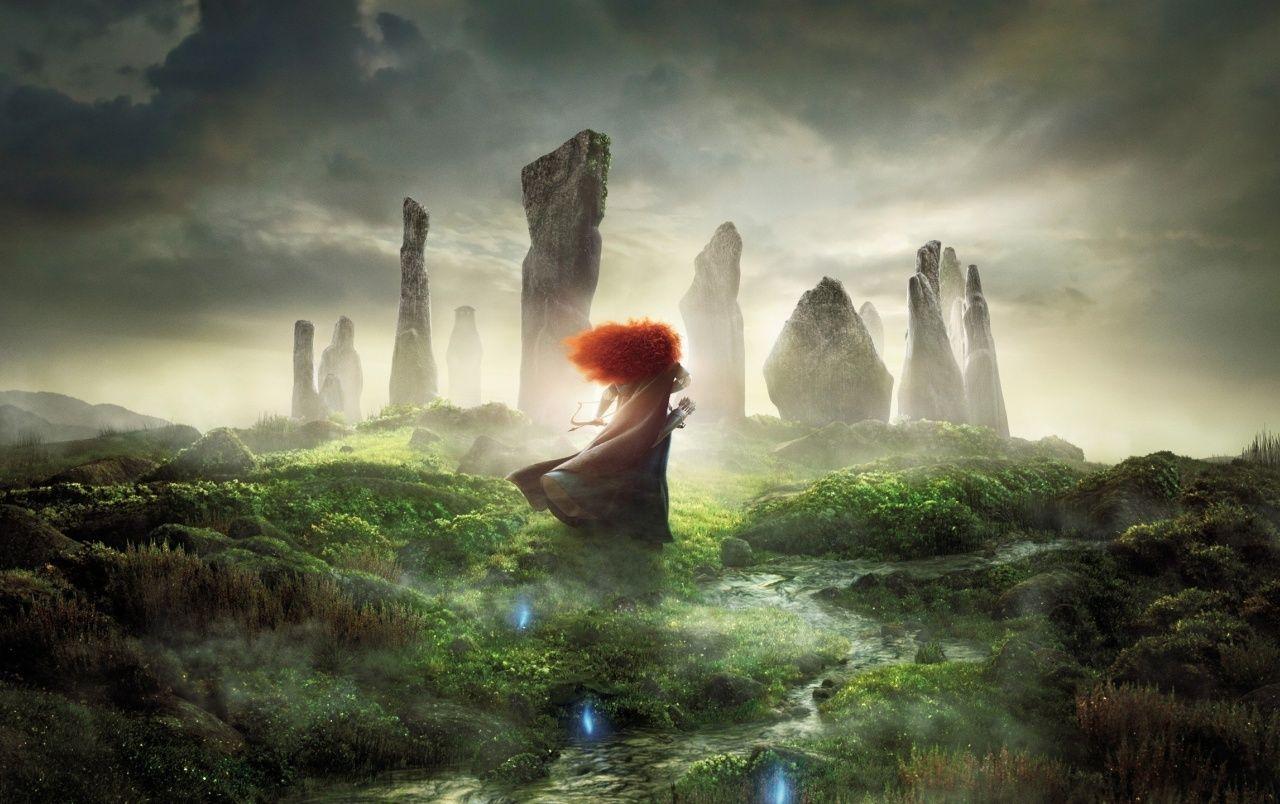Poster design concept
Picsart is a full ecosystem of free-to-use content, powerful tools, and creator inspiration. With a billion downloads and more than 150 million monthly active creators, Picsart isn’t just the world’s largest creative platform; we’re also the fastest growing https://alltestmaker.com/. Picsart has collaborated with major artists and brands like BLACKPINK, the Jonas Brothers, Lizzo, Sanrio: Hello Kitty, I am a Voter, Bebe Rexha, Maroon 5, One Direction, Warner Bros. Entertainment, iHeartMedia, Condé Nast, and more. Download the app or start editing on web today to enhance your photos and videos with thousands of quick and easy editing tools, trendy filters, fun stickers, and brilliant backgrounds. Unleash your creativity and upgrade to Gold for premium perks!
What better place to start than learning what retro art is? Retro style is a broad category that specializes in consciously imitating stylistic choices in historical art. While there’s no strict limitation to which decades are included within this historical timeframe, generally retro art only covers the 19th and 20th centuries. More strictly, retro designs tend to focus on visual elements from the ’20s to the ’70s.
First, for obvious reasons, you need to pick the decade that you wish your viewers to reminisce about through the use of retro in design. But it is not that simple. There are tons of options to select from, and it is easy to get confused when picking a decade to ruminate. Sometimes, the 20’s design looks like a 30’s design, and certain elements that were popular or common in the 60’s might be echoed in the 80’s or 90’s. Design comes from design; inspiration begets inspiration.
Cinematic artwork
Alongside such noteworthy instances, Efendi also notes some lesser-known, obscure, and arcane parallels like the painting Lamentation of Christ (1475-90) by Andrea Mantegna in the film The Return (2003) by Andrey Zvyaginstev and painting Over the Town (1918) by Marc Chagall in the film Sexy Beast (2000) by Jonathan Glazer, that are much newer discoveries or analyses.
Exploring paintings with cinematic qualities can be a rewarding experience, offering a new perspective on how visual narratives can be constructed and understood. By seeking out works that incorporate these techniques, viewers can gain a greater appreciation for the innovative ways artists blend the worlds of film and painting. Whether visiting galleries, attending exhibitions, or exploring online resources, there are countless opportunities to discover and enjoy these narrative-driven compositions.
Small wonder, then, that many of the greatest cinematographers have referenced paintings. They’ve borrowed from modernists and Impressionists and Old Masters, sometimes recreating specific images and sometimes riffing loosely on the original works, using one of the oldest art forms to inform one of the newest. Below, we share six directors of photography inspired by the works of famous painters.
By utilizing these resources, you can deepen your understanding of how cinematic techniques enrich painting and appreciate the innovative works that emerge from this interdisciplinary approach. The ongoing dialogue between film and painting continues to inspire and challenge artists, pushing the boundaries of what visual art can achieve.
Cinematic framing allows painters to craft compositions that draw the viewer into the scene, creating a sense of movement and anticipation. Techniques borrowed from film, such as dramatic lighting and color palettes, help to set the mood and tone, enhancing the emotional impact of the artwork. Narrative storytelling, through the use of sequential art and symbolism, provides a depth of meaning that encourages viewers to delve beyond the surface and engage with the artwork on a deeper level.

Theatrical artwork
Garrick, in particular, paid close attention to artworks such as the Raphael cartoons (which were on public view at Hampton Court Palace) and developed a large repertoire of poses from them for the stage. This was key when it came to pioneering his bold, new style of acting.
As his biographer Thomas Davies wrote, after watching Garrick and Hannah Pritchard as Macbeth and Lady Macbeth in 1768: ‘You heard what they spoke, but you learnt more from the agitation of mind displayed in their action and deportment… The wonderful expression of heartfelt horror, which Garrick felt when he showed his bloody hands, can only be conceived by those who saw him.’
Explore thousands of artworks in the museum’s collection—from our renowned icons to lesser-known works from every corner of the globe—as well as our books, writings, reference materials, and other resources.
In a theatre production, the hierarchy of roles from the director to the stage manager orchestrates the ensemble of actors and actresses to breathe life into the performance. The theatre company encompasses a collection of individuals, each with specialized tasks, managed and unified by the director to achieve a coherent vision.
Theatre genres range from tragedy and comedy to farce, opera, and musical theatre. Each genre has its own conventions, such as stock characters in comedies or the heightened emotions of tragical works. Styles can be as diverse as drama, satire, and historical epics, often characterized by their unique usage of dialogue, visual elements, and thematic content.
This article contains a treatment of the art of theatre in the most general terms, an attempt to illuminate what it is and why it has been regarded as a fundamental human activity throughout history. An extensive treatment of the elements of theatre can be found in theatrical production. For the relationship of theatre to music and dance, see theatre music, opera, and dance. For historical treatment of Western theatre, see Western theatre. The theatrical traditions of other cultures of the world are considered in articles such as African theatre, East Asian arts, Islamic arts, South Asian arts, and Southeast Asian arts. For a general survey of dramatic literature and its tragic and comic forms, see dramatic literature. Dramatic literature is also treated in articles on the literatures of particular languages, nations, or regions—e.g., African literature, Belgian literature, English literature, French literature, German literature, Russian literature, and so on.

FeedBack (0)